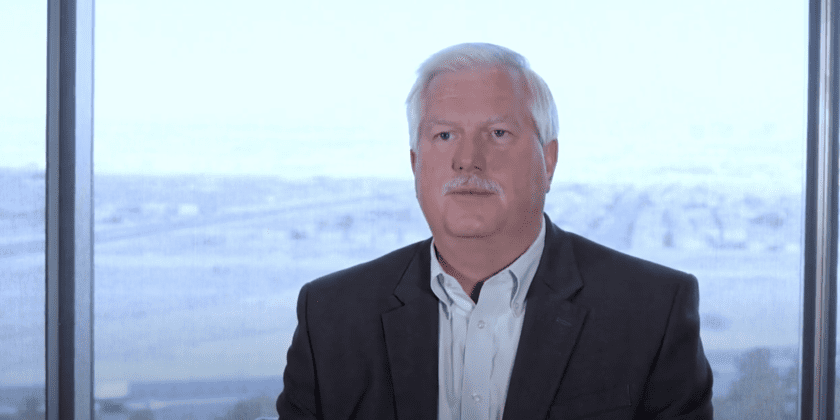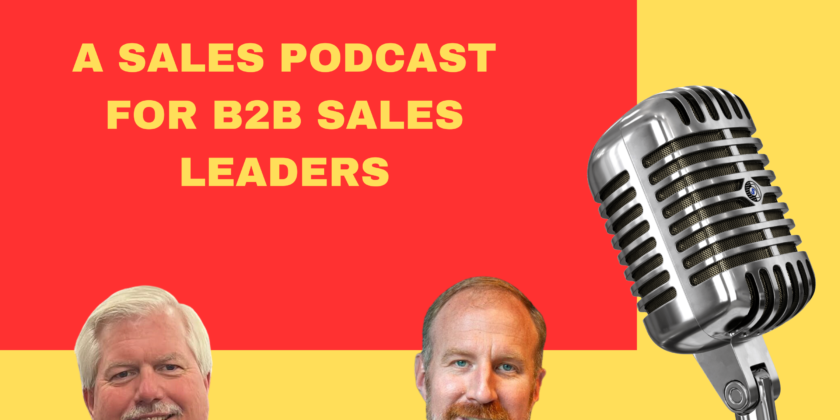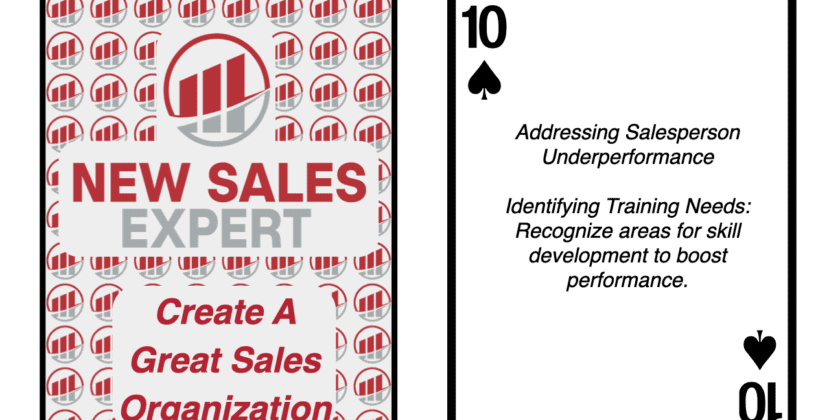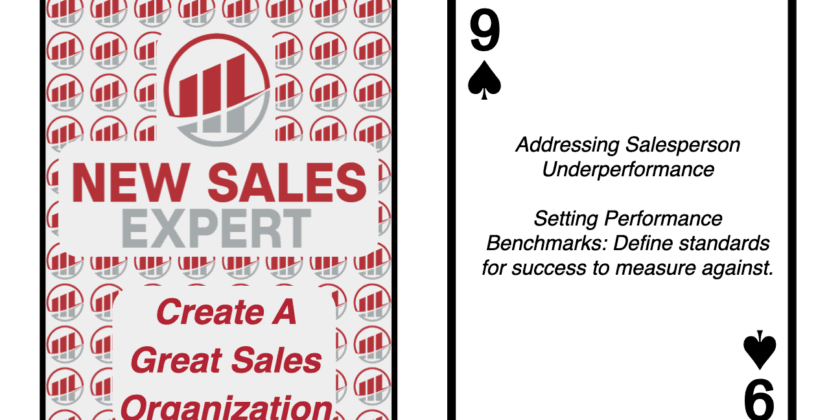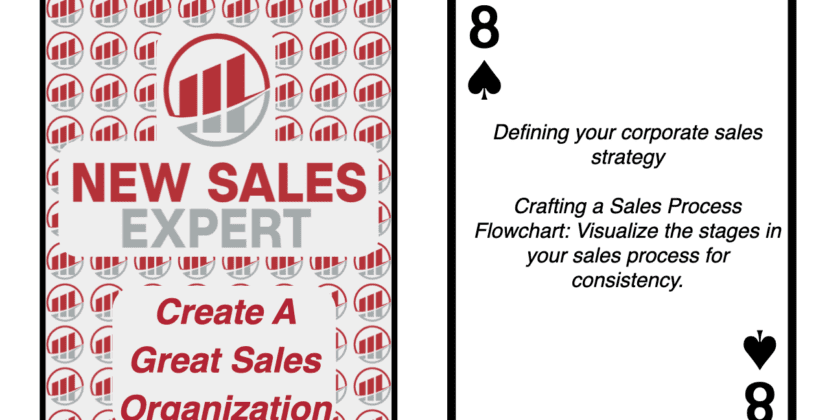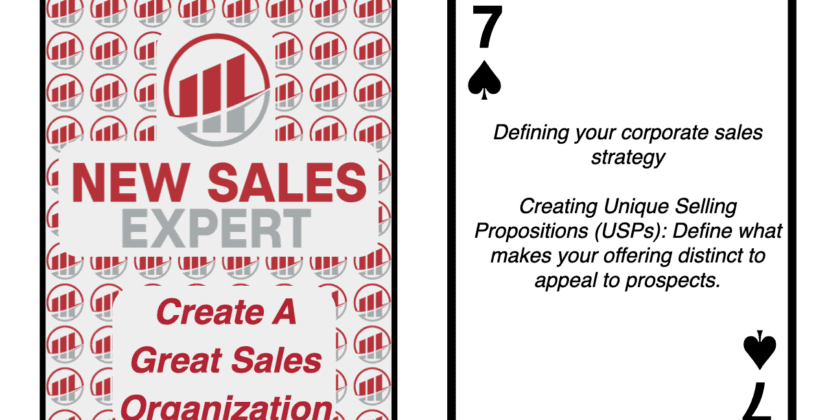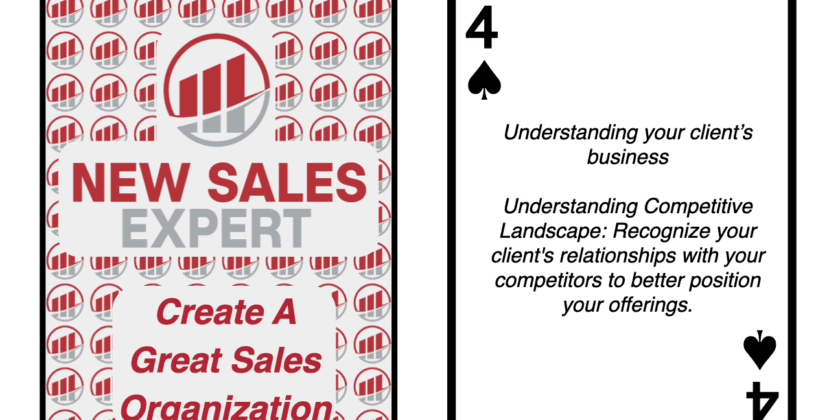My mission is to bridge the expertise gap that hinders many companies from scaling their operations to the desired heights. The core issue often resides within the sales sector of these organizations, and this is where my expertise becomes a game changer.
Understanding the Challenge
Many company owners, be they founders or inheritors of the business, come to a crucial realization at some juncture in their entrepreneurial journey. Despite their prowess in product development, manufacturing, or service provision, they identify a glaring deficiency in their sales acumen. This inadequacy, unfortunately, bars them from propelling their companies to the next level of revenue generation and market share acquisition. The earnest attempts they might have made to rectify this situation often end in futility due to a lack of specialized knowledge in sales. Hence, they seek external expertise to resolve this bottleneck.
Affordable Expertise
A common concern among these business owners is the affordability of engaging a sales expert. While it’s true that the investment required for a full-time engagement may seem steep, my services are offered on a fractional basis, making them a viable option for many. The value of having a seasoned professional revamp your sales operations far outweighs the cost.
Creating a Self-Sufficient Sales Operation
With a wealth of 38 years of experience, I step into your organization to set up a robust sales team, instill effective sales methodologies, and fine-tune the messaging to resonate with your target market. By doing so, I lay a solid foundation for your sales team to thrive long after my engagement concludes. The emphasis is on creating a self-sufficient sales apparatus that continues to deliver results, allowing me to transition to aiding other businesses facing similar challenges.
Actionable Advice
- Evaluate your current sales operations to identify areas of improvement.
- Consider the value of engaging an external sales expert on a fractional basis to address these areas.
- Ensure the transition plan post-engagement is straightforward, enabling your sales team to sustain the improvements.
Reflect on these steps and envision the transformation your sales operations could undergo with the right expertise steering the helm. The goal is to achieve a state of self-sufficiency in your sales operations that guarantees sustained revenue growth, thereby unlocking the full potential of your enterprise.

